Tech savvy modern growers understand that smart gardens can help us to improve results. By introducing the right technology and using it in the right ways, we can successfully automate and become better gardeners.
What is a Smart Garden?

If you are not familiar with the term, a smart garden is one in which technology has been used. Smart gardens might use a range of different technologies in a range of different ways, but all have the embrace of technology in common – the use of computers and electronic devices.
The term smart garden might be used of any garden, inside or outdoors. But sometimes the term is also used more specifically to refer to indoor smart garden kits – all-in-one indoor garden solutions that embrace modern technology, and which may often be app controlled.
A smart garden might allow you to grow plants in a soil-like or soil-based growing medium, or can be a hydroponic smart garden – letting you grow plants in water instead.
In recent years, significant changes have come from the integration of technology into various aspects of our daily lives. This as ushered in an era of unparalleled convenience and efficiency. One area that is profoundly affected by this transformation is gardening.
The concept of a "Smart Garden" represents an innovative and intriguing approach, which merges technology with traditional horticulture and redefines how we interact with outdoor spaces.
A Smart Garden goes beyond mere automation; it fosters a dynamic and symbiotic relationship between humans and plants. This vision leverages the power of the Internet of Things (IoT), automation, and advanced data analytics to create a garden that thrives by adapting to its environment while catering to the specific needs and preferences of its caretakers.
Essentially, a Smart Garden is the seamless integration of technology and nature, where the beauty of the natural world meets the precision of digital technology, enhancing the gardening experience.
Why Create Smart Gardens?

With an indoor smart garden we have much more control over the growing environment. Every plant that we grow will, of course, have specific growing needs, and these needs must be met in order to achieve the results and yields that we require and desire.
By using the right technology, and automating processes, we can ensure that these specific growing needs are met and we can meet those growing needs with more precision.
Smart gardening can:
- Increase precision in meeting environmental and growing needs.
- Allow for greater control over certain elements of care, such as water use.
- Therefore allow us to reduce inefficiencies and all forms of waste.
- Help us to garden indoors, in small spaces, or with other challenges.
- And also potentially save money (by reducing water and energy use, and/or reducing losses due to human error, for example).
- Make gardening easier – removing some of the guess-work and making things easier – especially for beginners.
- And so, be a good solution for those who are time poor.
All of the above is not to say that smart gardens are always the right solution. Technology can be a very useful tool but we should take care not to use it as a crutch.
There are times when a smart garden can be the right choice, but other times when it might represent an over-complication of something that can be a lot more simple. And so it is important to make the right choices about growing methods based on your own specific situation.
The Key Goals of a Smart Garden
Automation

Primarily, a smart garden's raisin feature is automation. These gardens use technology and digital advancements to take basic processes out of our hands and undertake basic garden chores without us having to lift a finger.
Automating routine tasks like watering, fertilizing, and lighting to reduce manual labour is central to any smart garden.
Gardeners will still often be able to make key decisions about their smart gardens plant care, but will be able to control irrigation, lighting, and other systems remotely via smartphones or computers rather than taking a more hands on approach.
Monitoring

They can also potentially help us to monitor plants and physical processes, so that the right amount of water, the right nutrients, or the right care can be delivered at the right times. In the case of monitoring in a smart garden, the idea is to replace a gardeners skills of observation, at least in part.
Data collection can be an area to look at. In an outdoor garden we might collect data on weather, soil conditions, and plant growth to inform gardening decisions, for example. Indoors, we might monitor temperatures, humidity and light levels closely.
Optimizing the health of plants is another key facet of smart gardening to look at. It is easier to keep plants healthy when we have sensors to monitor plant health and environmental conditions in real time. Systems can be set up to provide notifications for issues like drought stress, pest infestations, or nutrient deficiencies, for example.
Increasingly, smart gardening can also involve using AI and machine learning to predict plant needs and optimize garden performance.
Getting Things Right in an Indoor Smart Garden
Of course, in a smart garden we need to make sure that we choose the right tools and apps etc. for our needs. After all, when we are taking processes and care out of human hands, we need to make sure that we can trust their replacements.
Successful automation for home growers in any indoor smart garden is the most important aspect, and arguably the place where anyone new to smart garden design or use should begin.
A smart garden might be something that we purchase as an all-in-one, ready-made solution. It might also be something we have put together ourselves using various components in order to meet the same goals.
Here are some tips to help you successfully automate care processes and create a successful smart garden at home:
1. Choose the Right Plants for Your Automated System

First things first, remember that not all plants will be well-suited to a smart garden system. Especially small indoor smart gardens, which may be limited in size and therefore somewhat more limited in terms of the plants that can be grown within them.
You can grow a huge range of plants in an automated smart garden, but you do need to think about their size and growth habits, as well, of course, as the conditions in which they like to grow. Remember, though, that not all plants will be right for all smart garden systems.
2. Look at Lighting for an Indoor Smart Garden
One of the most crucial elements to get right in an indoor smart garden are the lights. In the absence of sufficient natural sunlight, grow lights will be necessary. It is generally best for most plants to use full-spectrum LED grow lights that mimic natural daylight as closely as possible.
You need to automate lighting in a smart garden to ensure that plants get light for long enough each day, and may also be able to automate to ensure that the plants get the intensity of light that they need.
Remember when setting up any systems that the number of hours of light and light intensity required differ not only according to the species, and natural light availability, but also according to the stage of plant growth.
3. Consider Smart Garden Climate Control
Temperature and humidity are two other very important things to look at.
Smart thermostats and heaters or coolers can potentially be used to maintain the optimal temperatures for plant health and plant growth throughout the plant's lifecycle and throughout the year.
Humidifiers, dehumidifiers, automated vents or fans for air circulation and other such features can also be used in a smart garden to keep humidity levels within the optimal range for the plants you are growing – usually between 40 and 60%.
4. Watering and Irrigation for Smart Gardens

Another of the most important areas to consider, and one of the most common areas for automation, is watering or irrigation. Smart systems require smart water use, which can involve smart self-watering planters, or hydroponic systems, automated drip irrigation, automated hoses etc...
Automated watering systems can be programmed to adjust water availability or refill any water reservoirs or sumps as needed, based on the plants' needs and environmental conditions.
5. Think About Nutrient Delivery and Monitoring

In choosing or creating a smart garden, it can also be useful to think about the use of hydroponic systems or soil-based setups with automated nutrient delivery to ensure plants get the right amount of nutrients at the right time.
Sensors might be used to track the levels of certain nutrients and/or to monitor the pH of the water in a hydroponic system or the growing medium.
6. Automated Cleaning and Maintenance?
In addition to thinking about the automation of basic plant care, it might also be beneficial to think about how certain maintenance and/or cleaning tasks might be automated too.
While these kinds of automation are a step up from those listed above, some smart garden systems do have automatic cleaning or maintenance programs to ensure that these tasks too are taken away from the gardener, and that the system lasts long term.
7. Look at Integration and Efficiency
Any smart systems can be particularly useful when you can integrate them effectively – with mobile apps that you can manage remotely from your personal devices. With the right integration, you can set up alerts for critical issues for plants to prevent any damage or losses.
Efficiency can also prevent waste and make your smart garden more sustainable and eco-friendly. If possible, use systems that can be run using renewable energy sources such as solar power. And choose energy-efficient pumps, lights, and climate control devices to reduce your power consumption.
8. Consider Customisation and Adaptability
Other areas it can be smart to look at when it comes to smart gardens is now easy it is to use, and to customise the setup.
It can be a good idea to use modular components that you can easily add or remove based on changing needs. And in terms of the tech, it is fascinating to consider adaptive algorithms that can learn and optimize growing conditions further over time.
9. Ask Yourself if Smart Garden Systems are Safe
It should really go without saying, but whether you purchase or create your smart garden using different components, safety should be paramount.
Make sure that all electrical components are safe, and protected from water where necessary. Ensure that only non-toxic and food-safe materials are used in any components that come into contact with soil, water and/or plants.
10. Choose Systems that Help You Grow (Metaphorically as well as Literally)
The very best smart gardens allow you to grow alongside your plants. They should allow you to learn and grow as a gardener. Smart systems can be a great way into gardening for those with little practical experience and can help even experienced gardeners to deepen their knowledge of plants and what they need over time.
Develop or choose apps that are user-friendly and provide clear instructions and feedback so that you can continue to learn from your smart garden.
There is of course more that we could delve into when it comes to creating a smart garden and creating successful automation. But the above tips should help you to set up a successful smart garden, wherever you live.
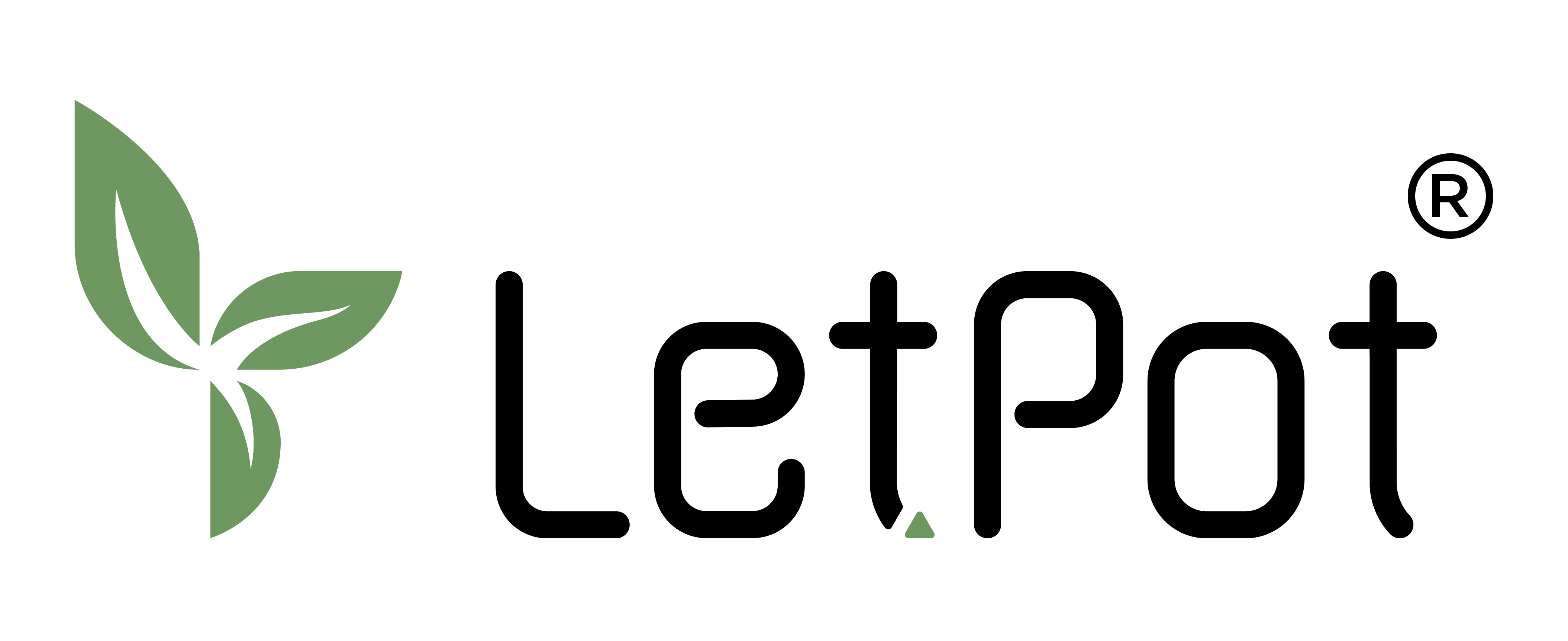
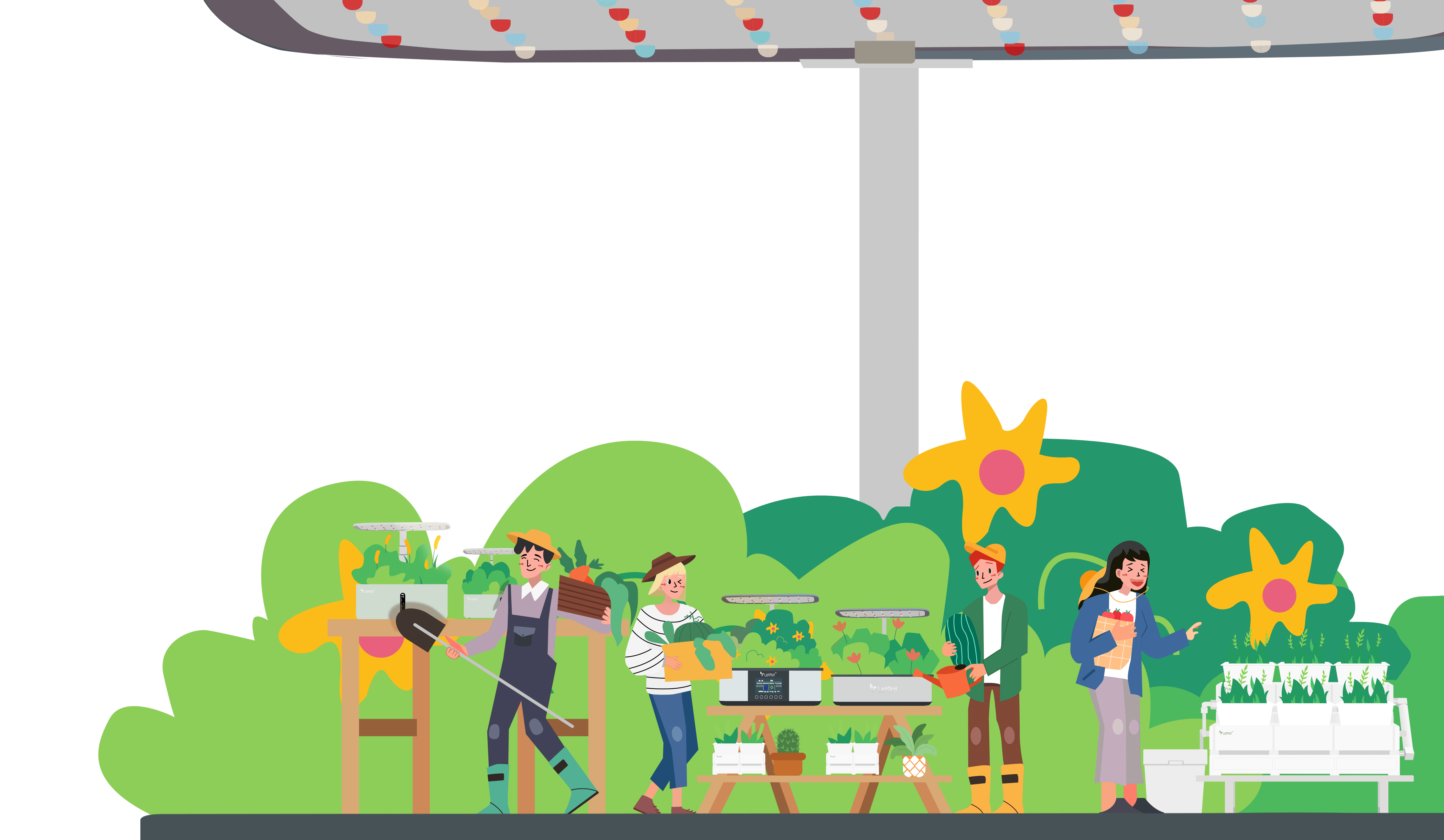
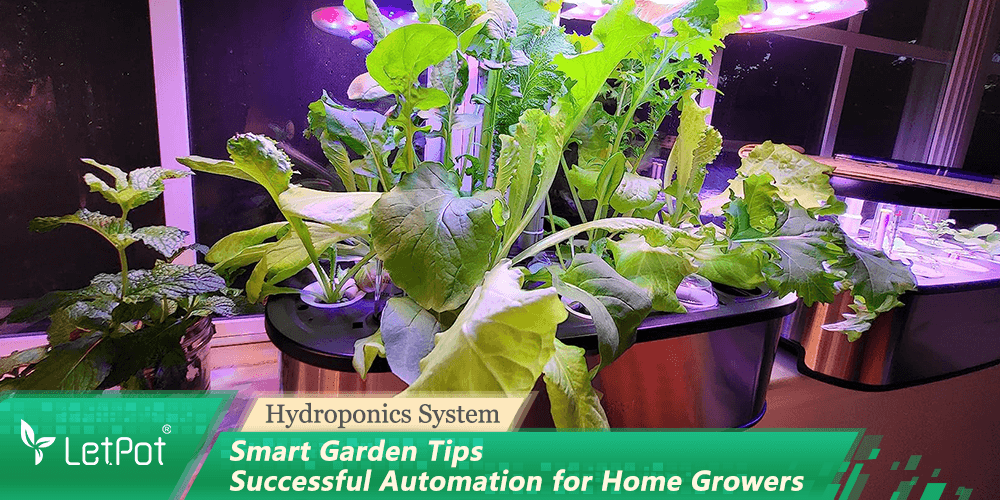
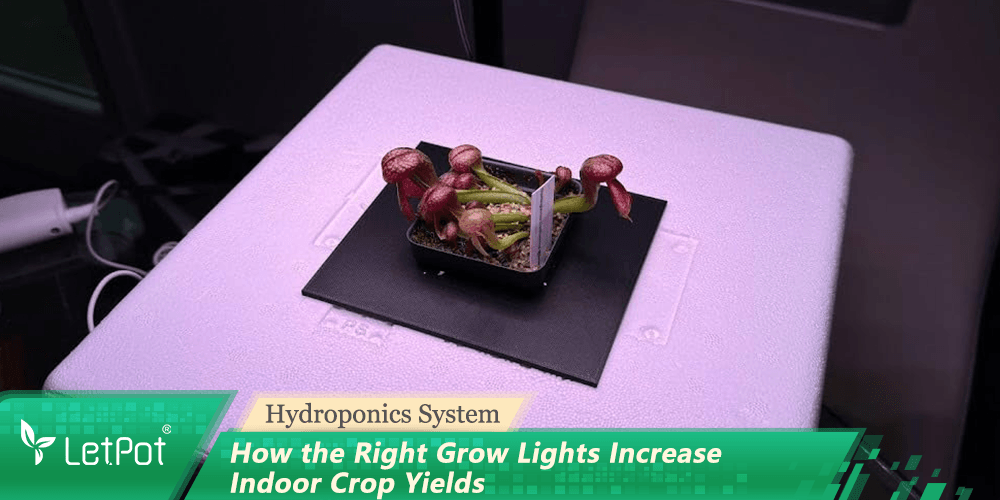
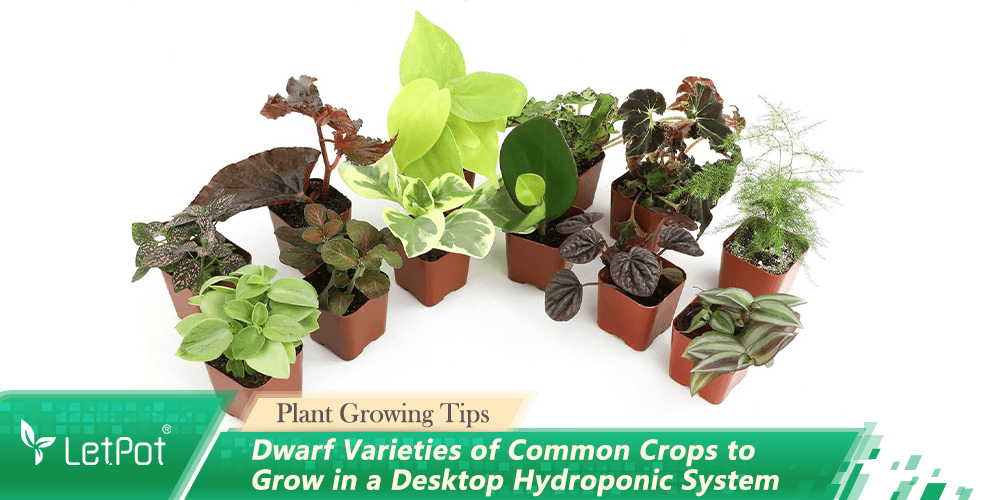
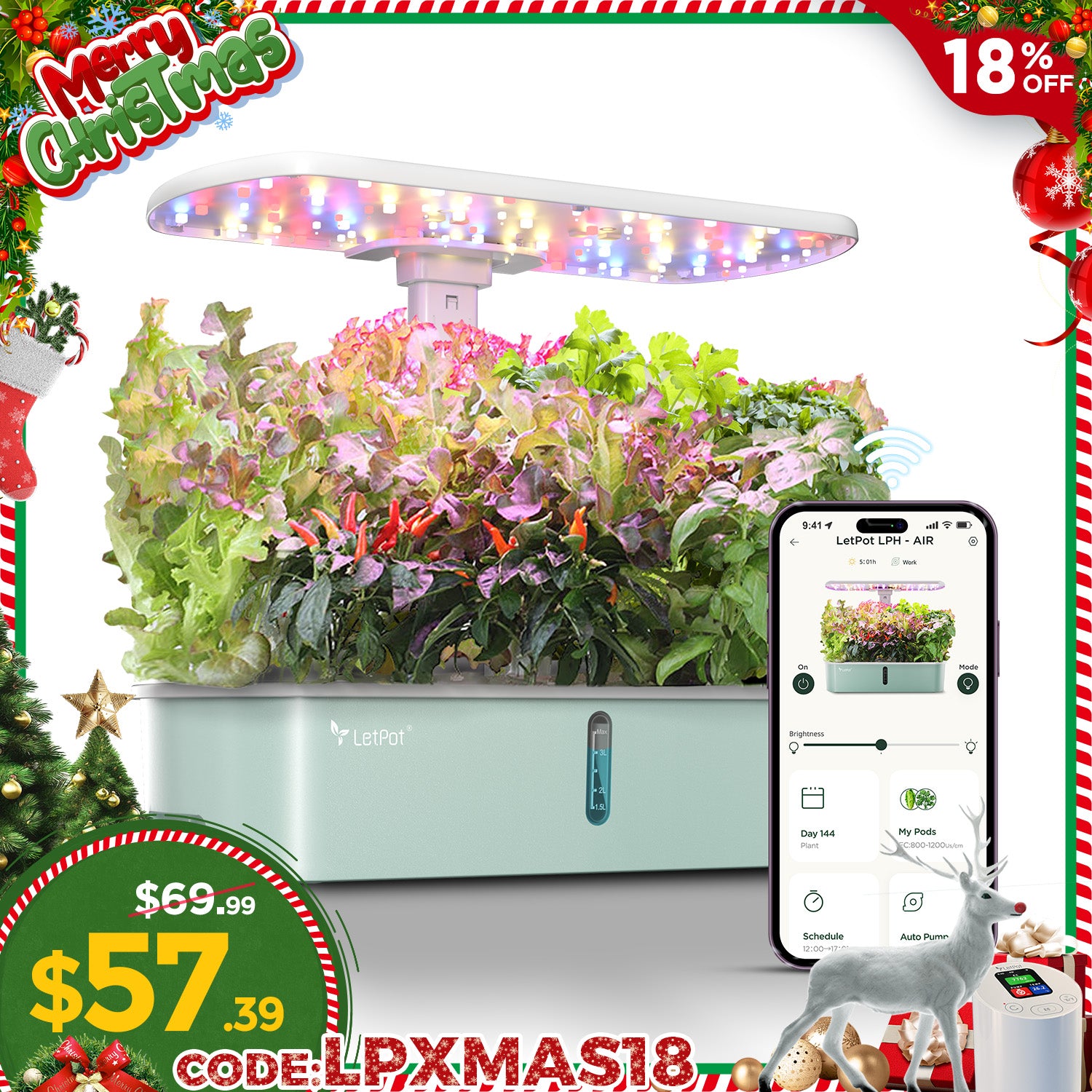
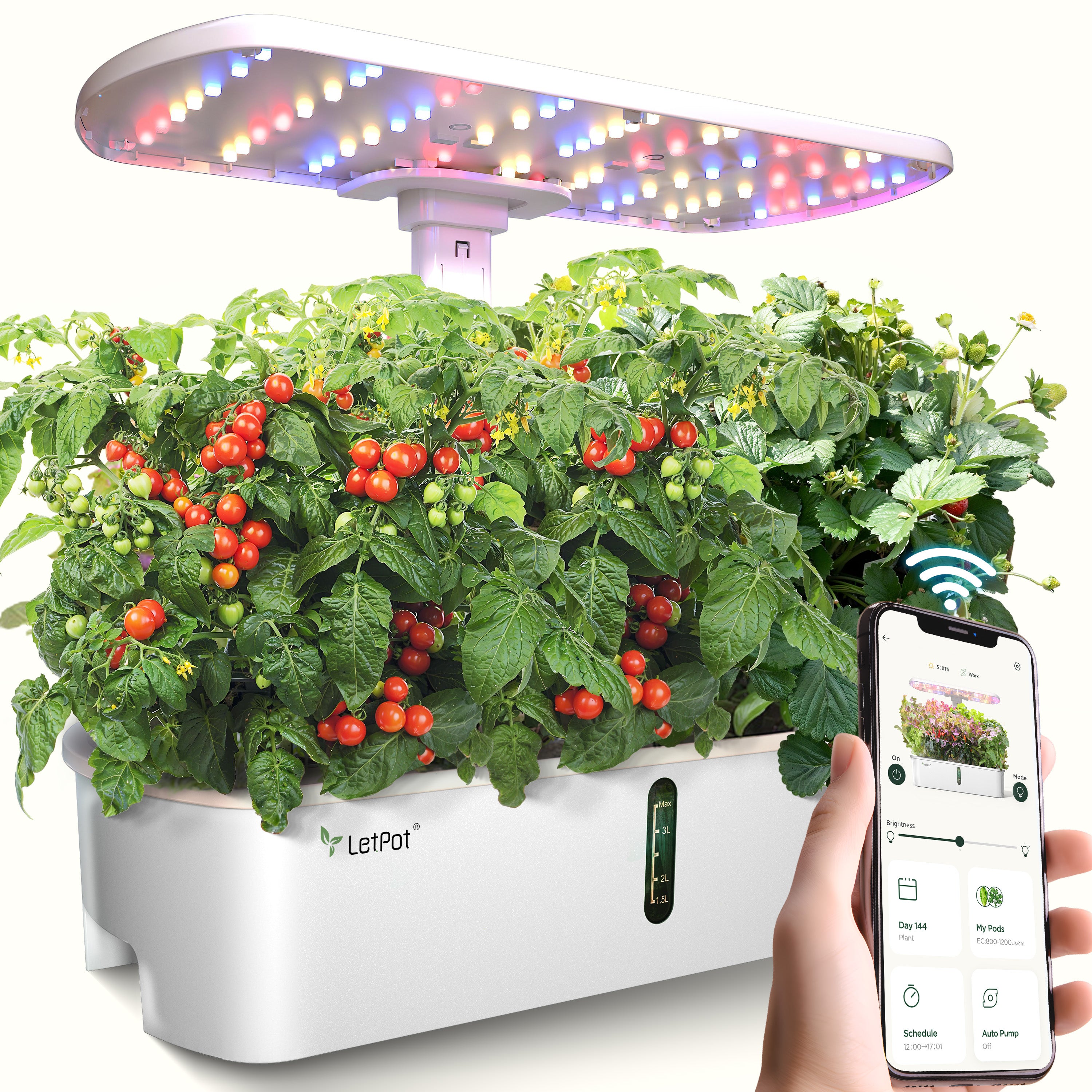
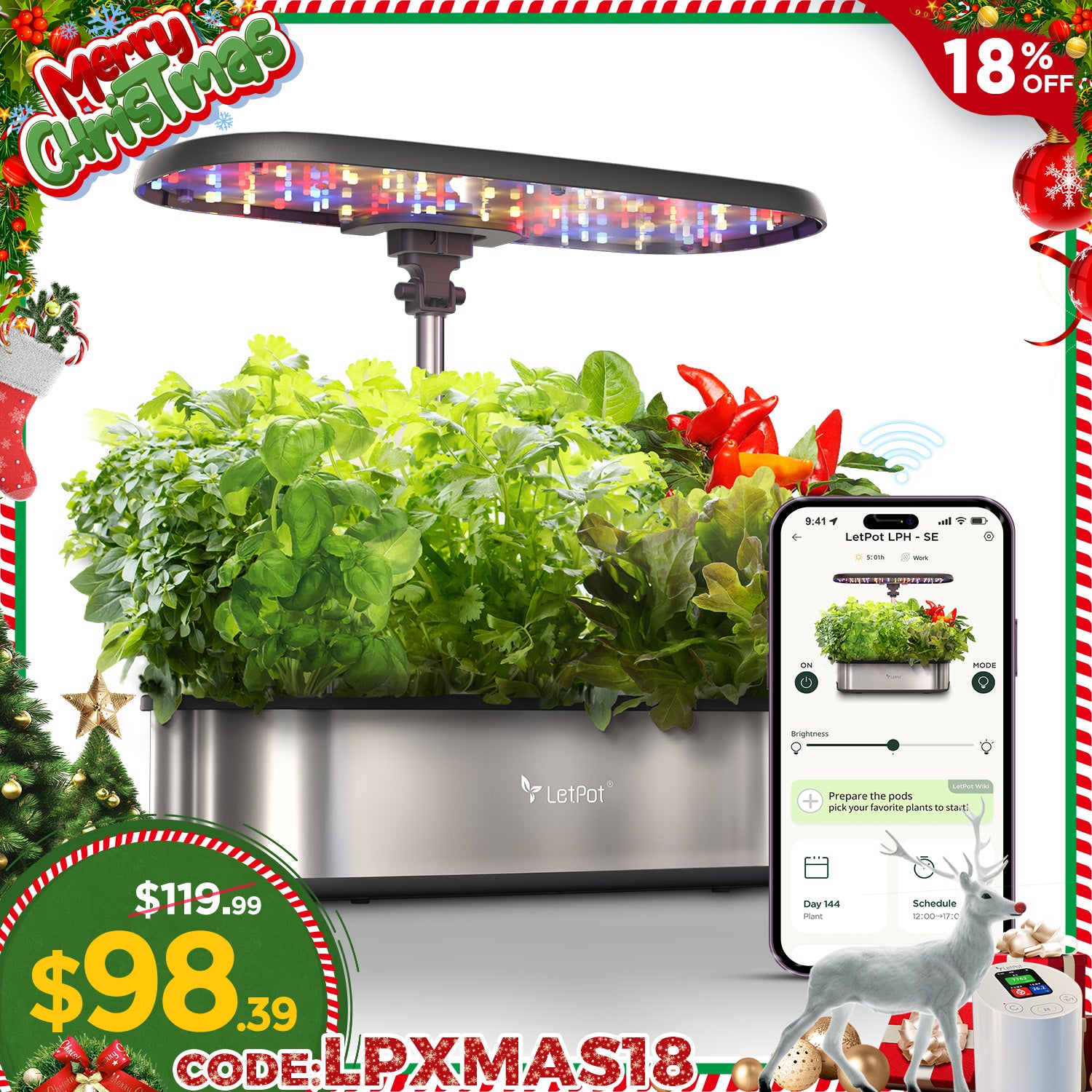
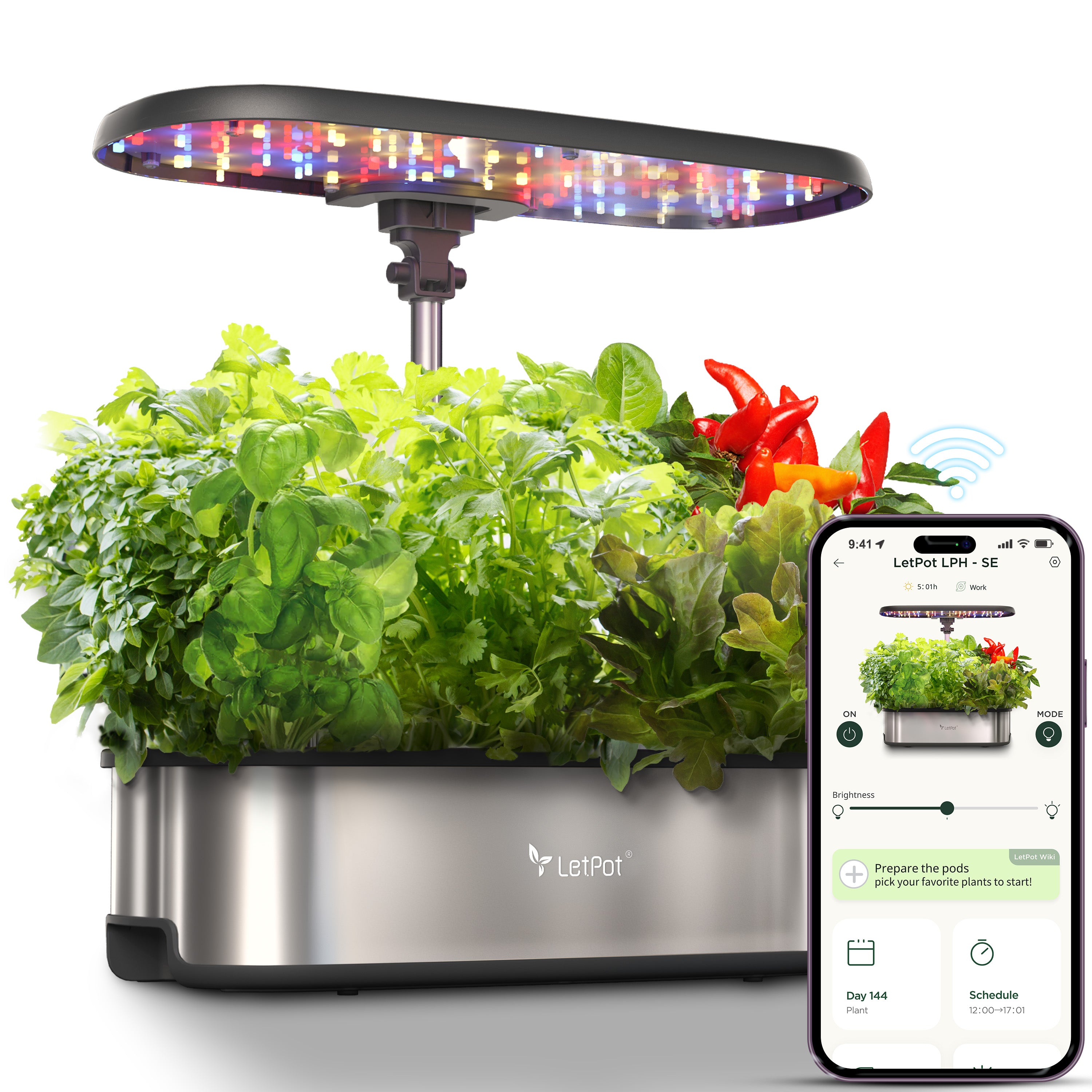
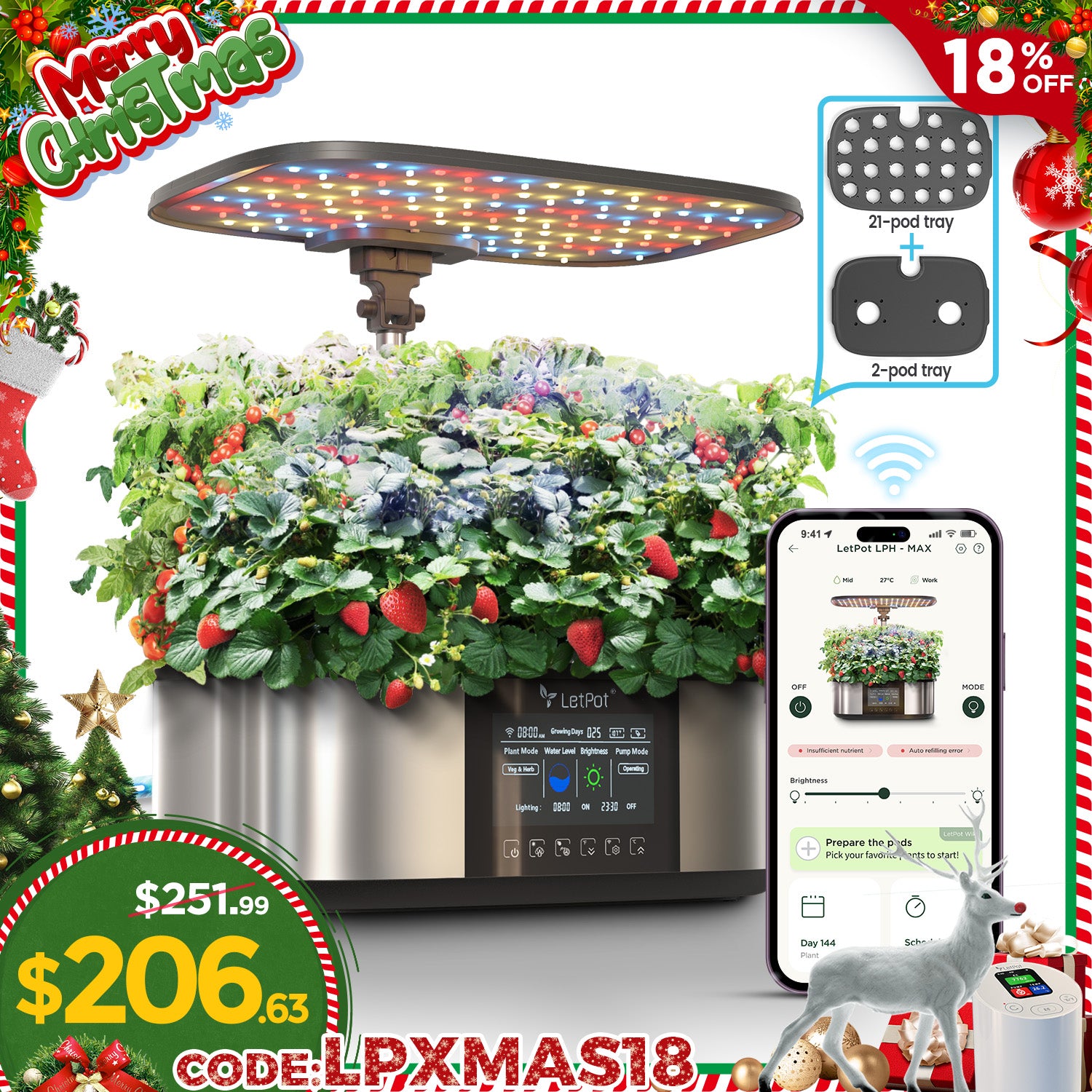
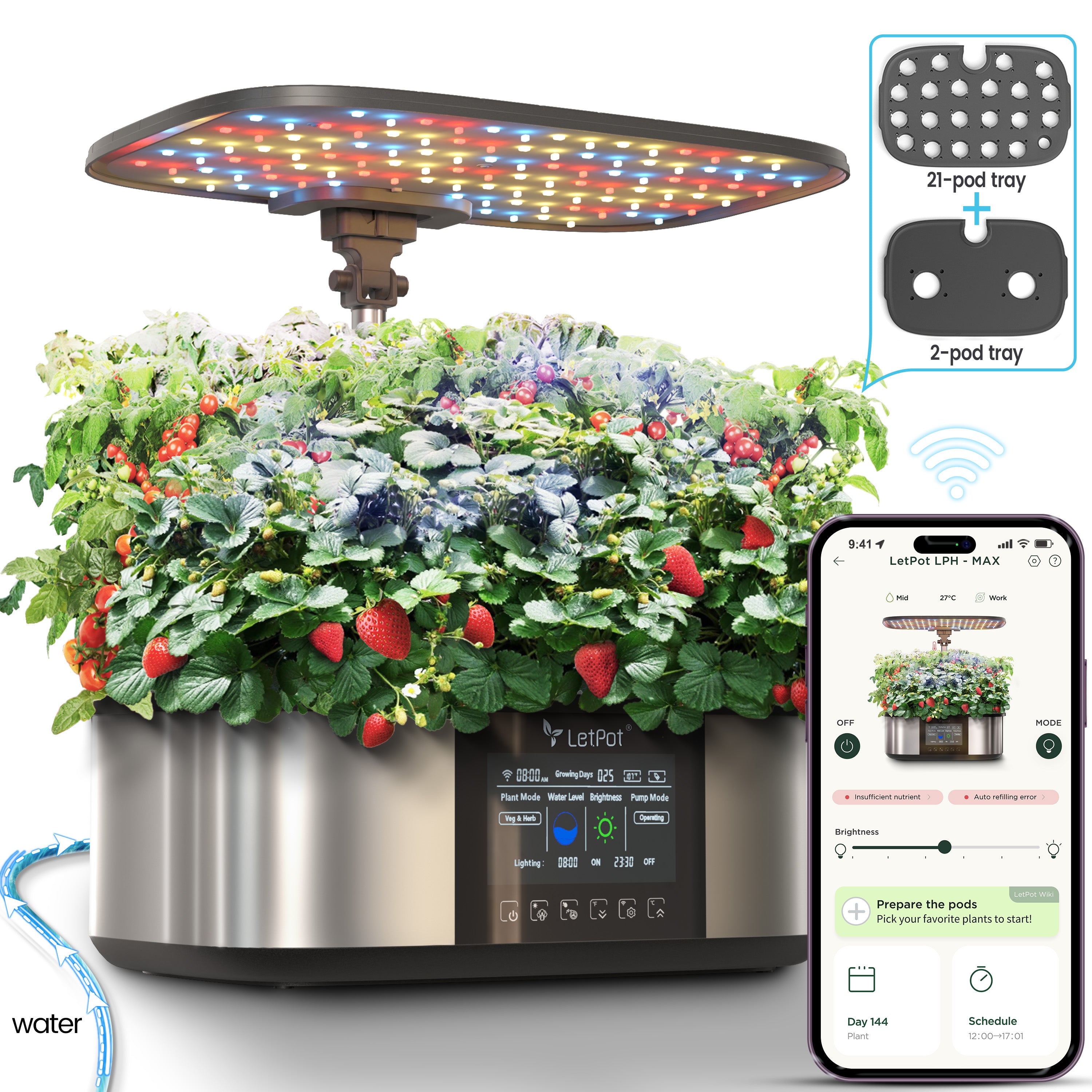
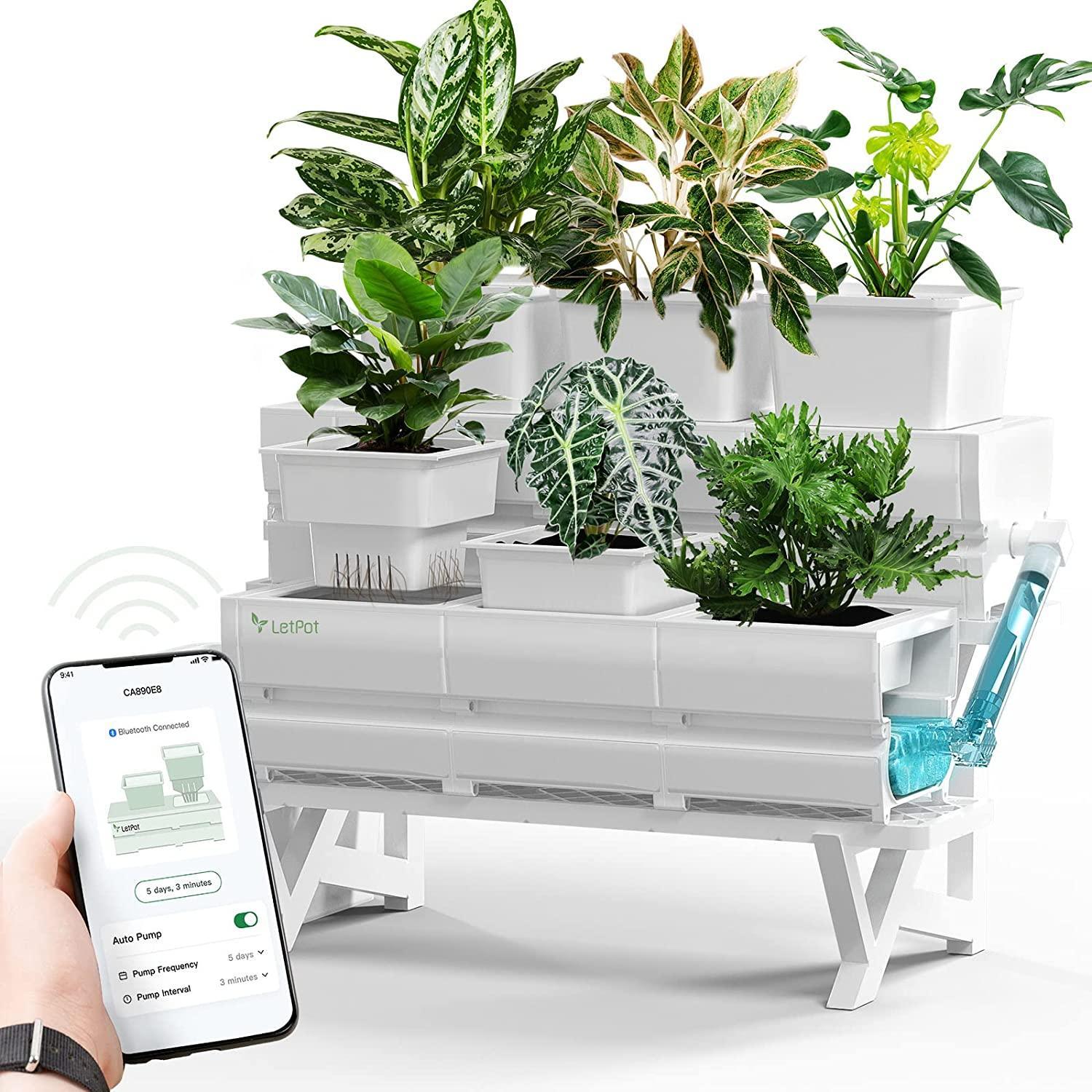
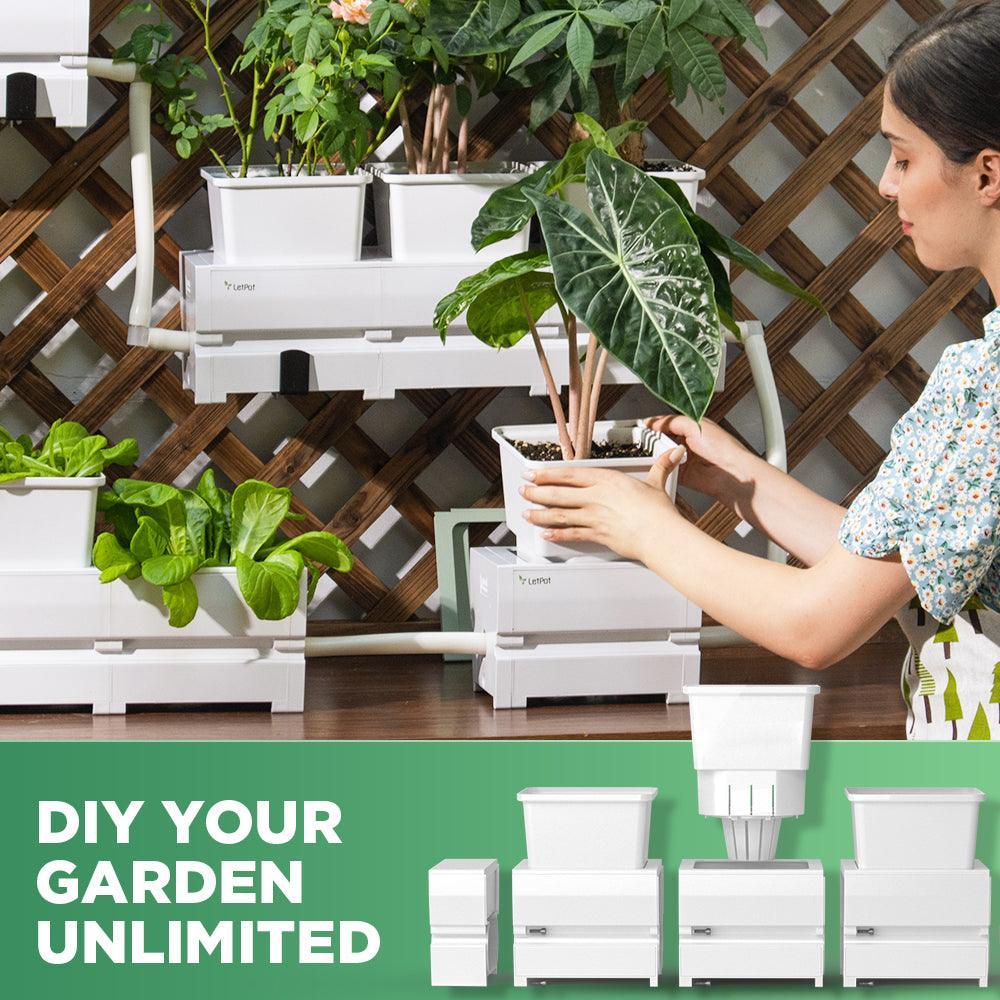
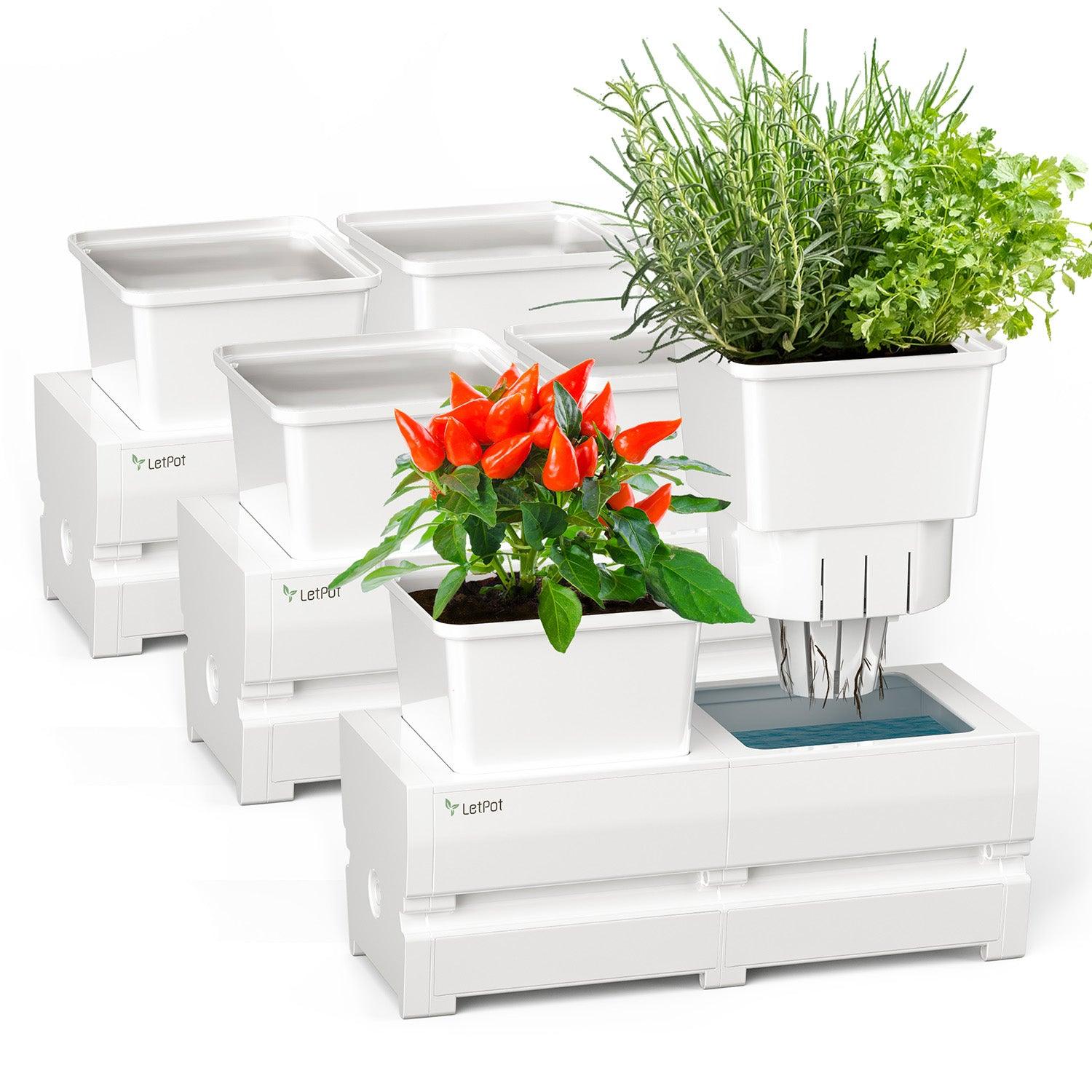
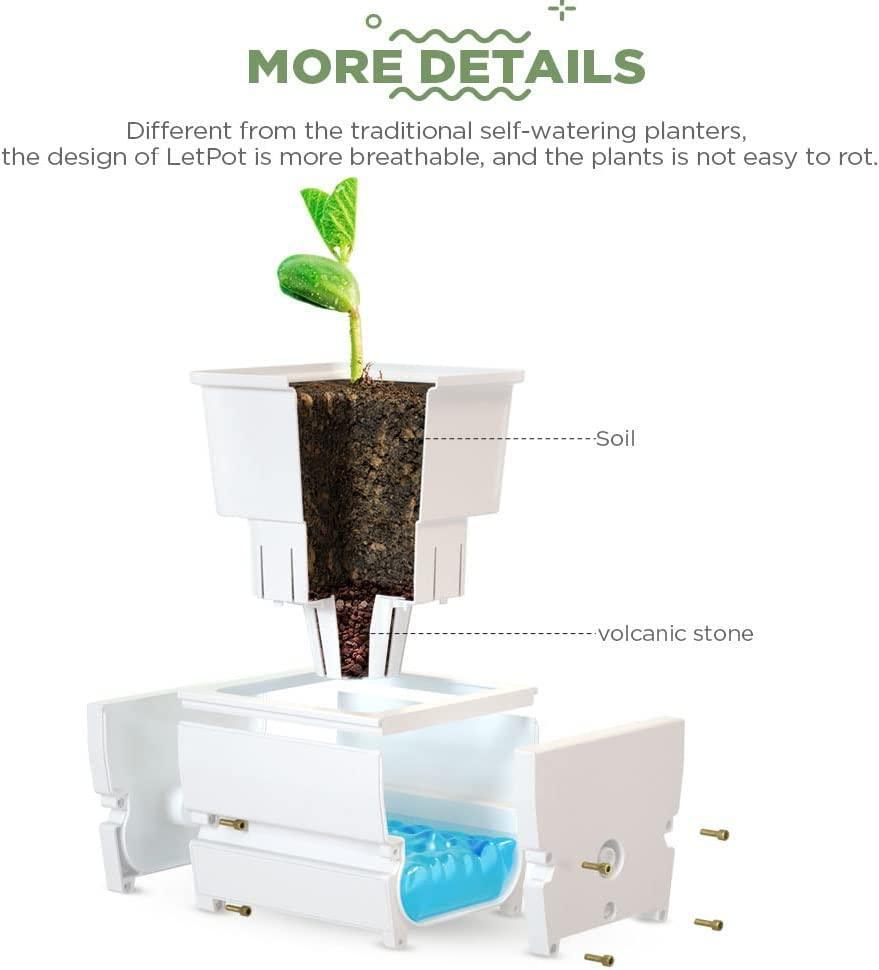
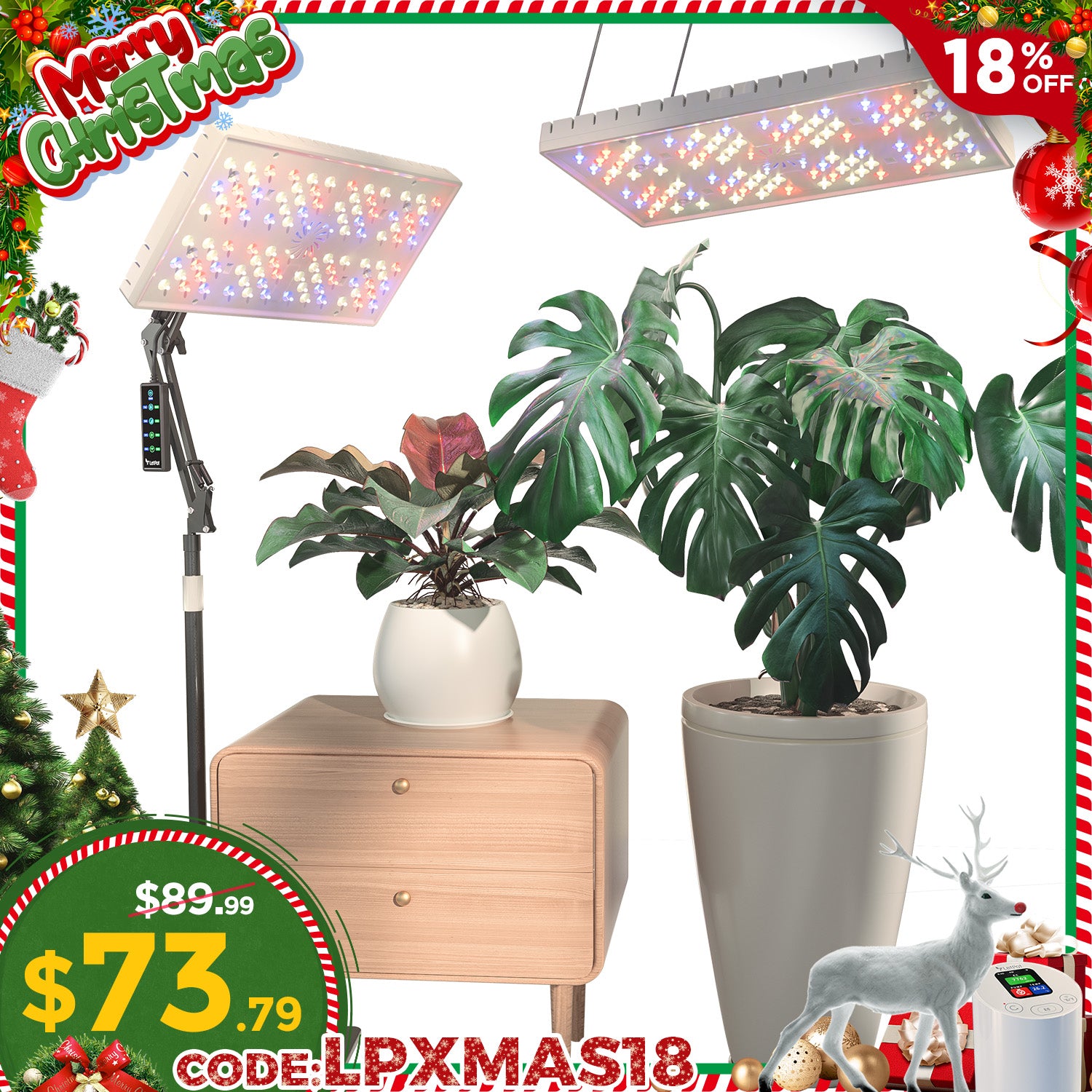
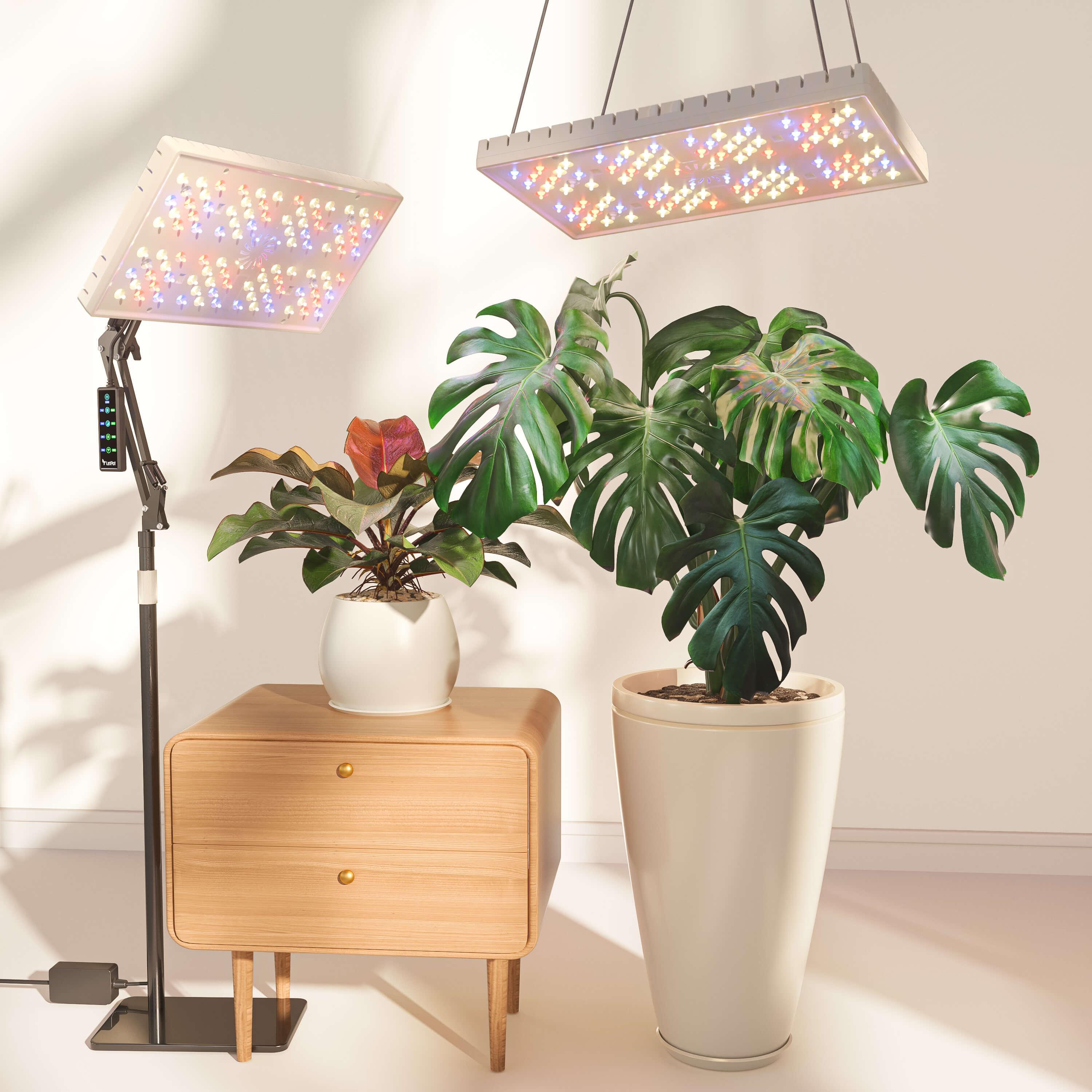
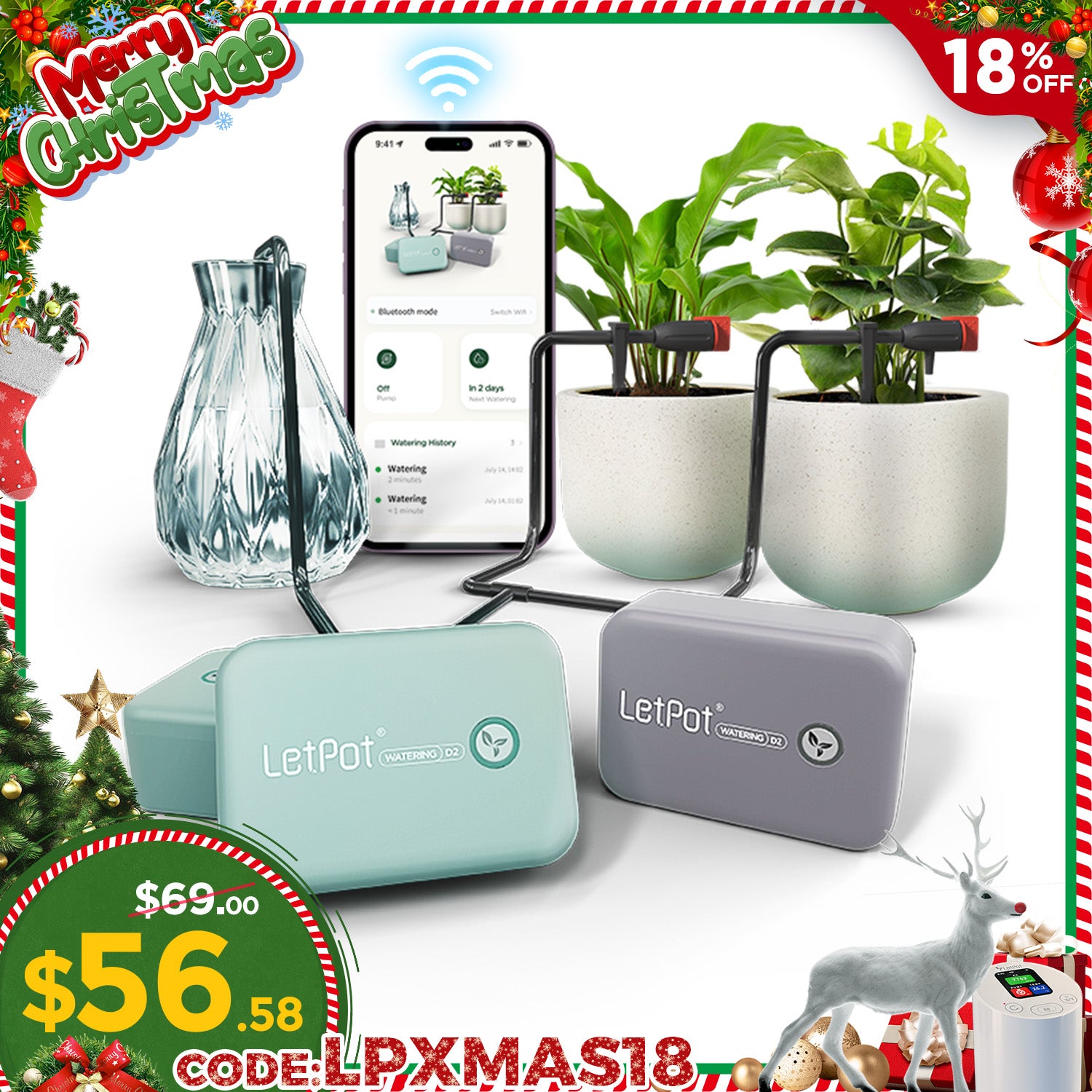
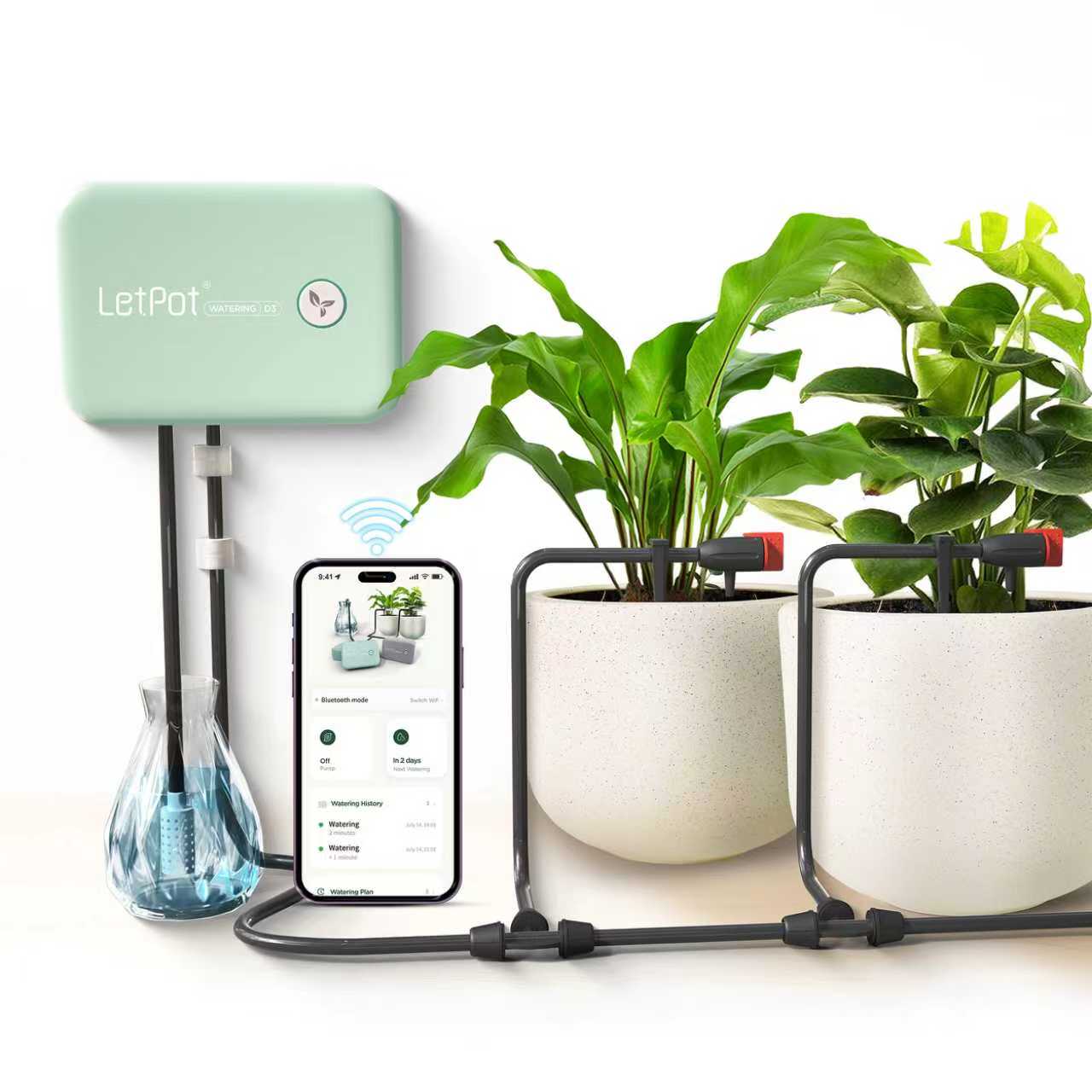
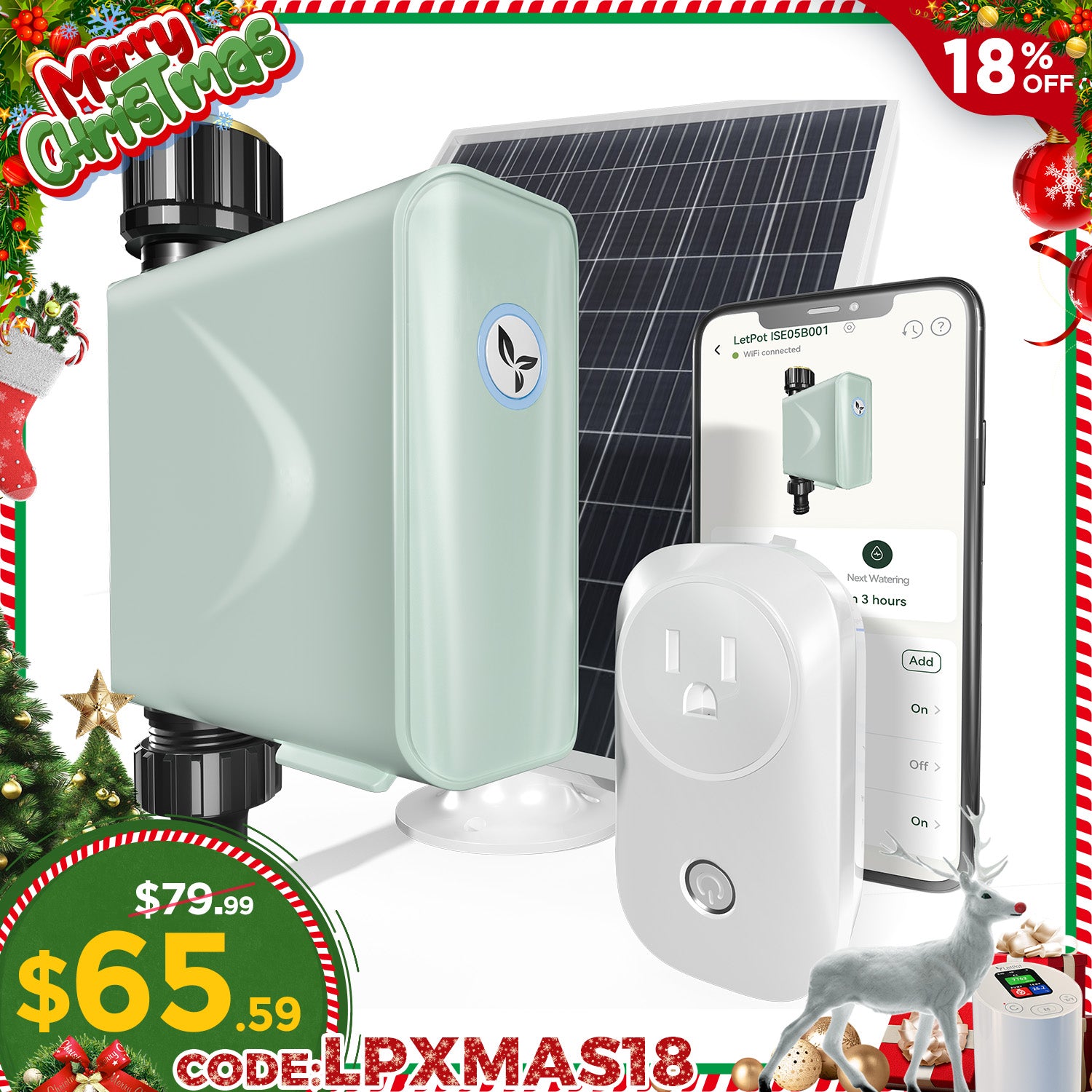
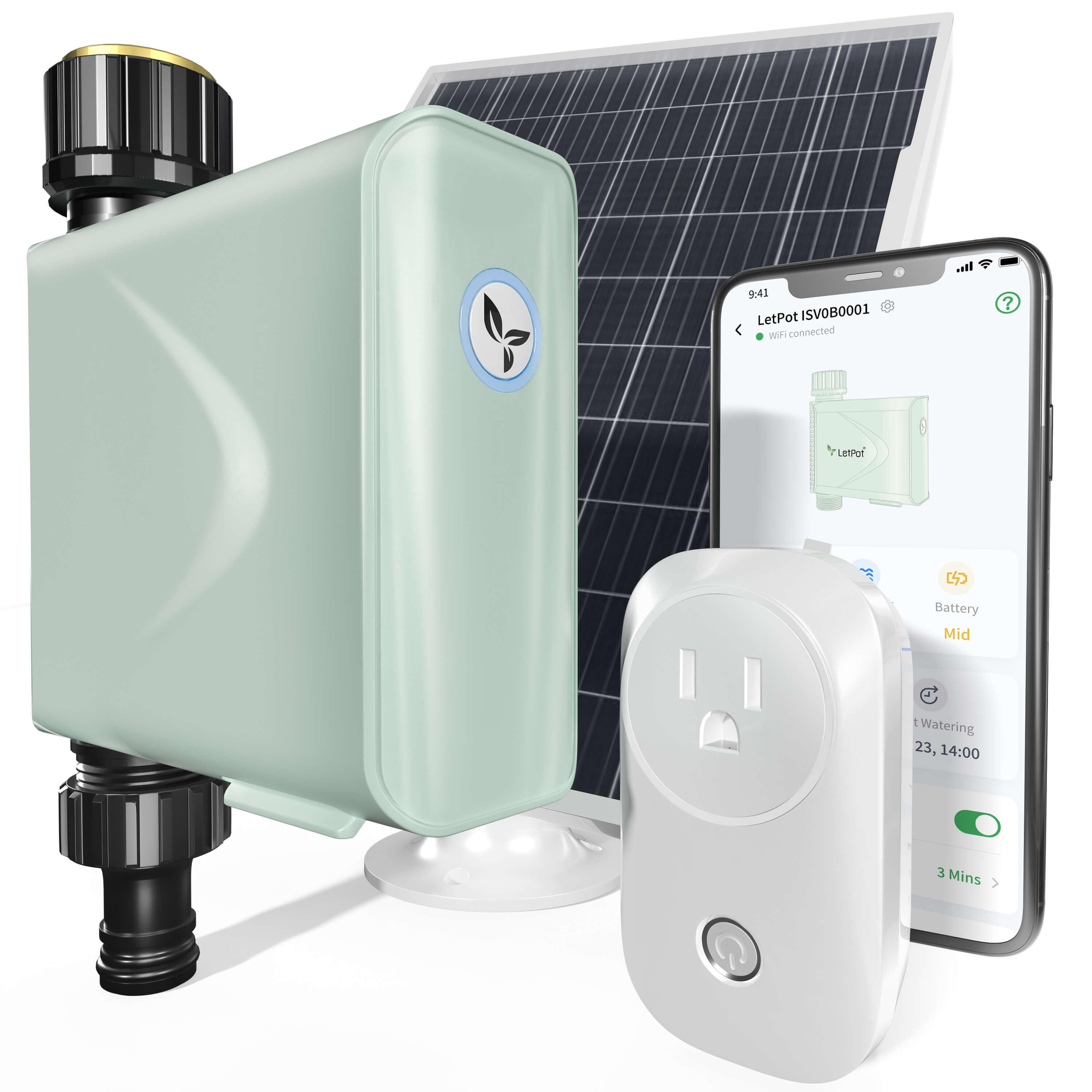

Leave a comment
All comments are moderated before being published.
This site is protected by hCaptcha and the hCaptcha Privacy Policy and Terms of Service apply.